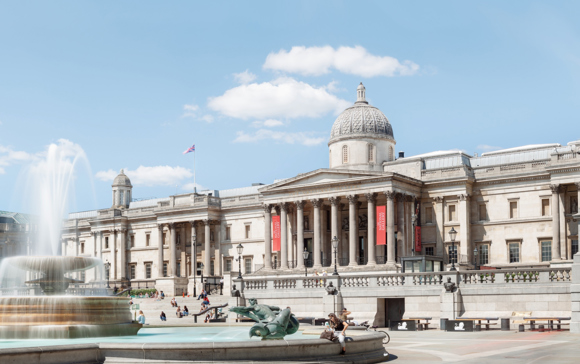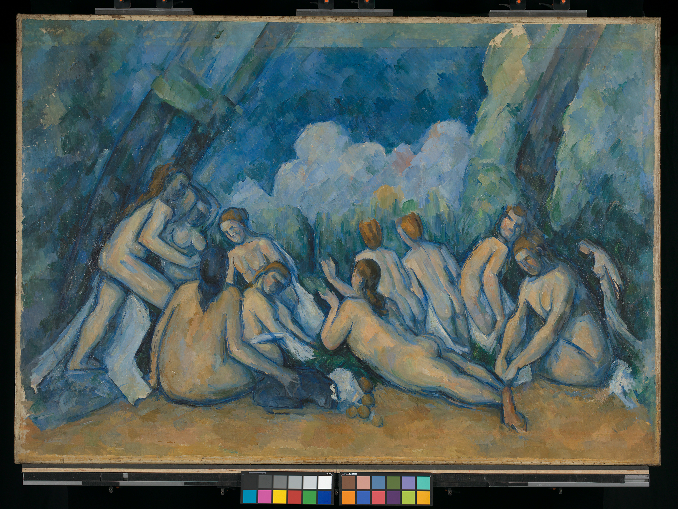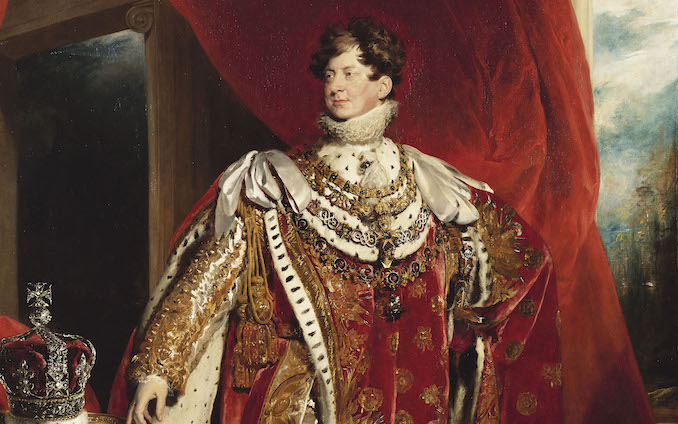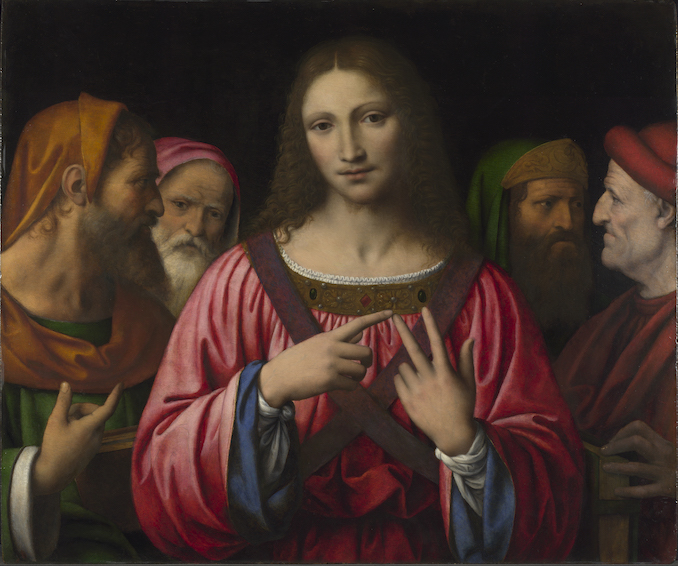National Gallery London offers chance to see magnificent Carracci cartoons

Next spring, art enthusiasts will have the rare opportunity to witness the magnificent Carracci cartoons up close at the National Gallery. Displayed in Room 1, these extraordinary works, created around 1599, are not just impressive in size—nearly four metres wide and two metres tall—but also in their delicate execution using charcoal and white chalk. Given their fragility and grandeur, these masterpieces are seldom exhibited, making this a truly special occasion. The Carracci cartoons entered the National Gallery’s collection in 1837, thanks to a generous gift from Lord Francis Egerton. Before that, they belonged to the esteemed artist Sir Thomas Lawrence. Originally, these grand drawings were crafted as preparatory works for the painted ceiling in the gallery of Palazzo Farnese, one of Rome’s Renaissance treasures, now housing the French Embassy. The commission was initiated by Odoardo Farnese, a cardinal and the younger son of the Duke of Parma. In 1594, he enlisted the talented Carracci brothers from Bologna to adorn his family palace with artistic splendour. Upon their arrival in Rome, Annibale and Agostino Carracci drew from the grandeur of antique sculptures and the masterpieces of Michelangelo and Raphael to conjure an idealised vision of the classical world, celebrating the loves of the gods. The resulting ‘Galleria Farnese’ became a beacon of inspiration for generations of artists. The two cartoons on display are largely the work of Agostino, though Annibale is believed to have contributed to their creation. They depict scenes from Ovid’s Metamorphoses—stories of transformation that were integral to the frescoed ceiling in the Farnese… Read More





